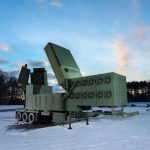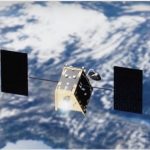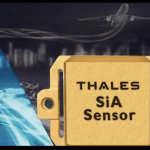SBAS Interoperability – The Latest Developments
The Satellite-Based Augmentation Systems Interoperability Working Group has grown from 4 members in 1997 to more than 10 now, and logged significant progress in forming a global aviation support system.






 Set to a loping synthesized country rock soundtrack, the
Set to a loping synthesized country rock soundtrack, the 









